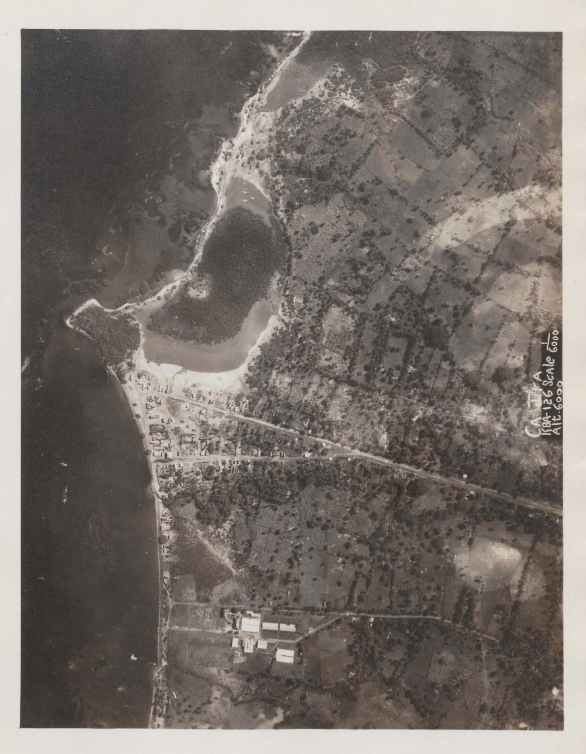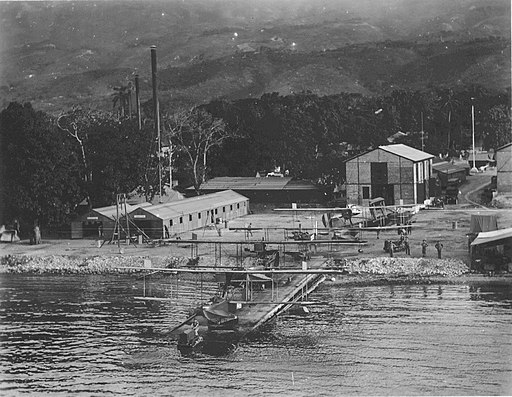This week, I read through the NAACP Haiti account written by James Weldon Johnson in 1920. After traveling to Haiti, he summarized his investigation into the current conditions in Haiti and reasons for American intervention. According to Weldon, the U.S. believed Haiti had reached a state of anarchy intolerable in the civilized world, Haitians demonstrated “absolute unfitness” to govern themselves, and Haiti has benefitted from American control.
I have also ready through several articles published in The Nation in 1920 by Johnson and others. In Johnson’s articles, he focused on one topic, like the control the National City Bank had over the finances of Haiti, in order to shed light on the motivations of the United States in occupying Haiti. Helena Hill Weed wrote an article detailing the Senate hearings on Haiti and Santo Domingo, in which several high-ranking officers testified that there was no plan for development in Haiti and the U.S. did not uphold their end of the treaty.
Next, I’m planning to read through the Senate hearing documents in order to have primary source material for the above articles. I am also hoping to find more accounts from the NAACP or The Nation that include the Haitian response to U.S. occupation.






